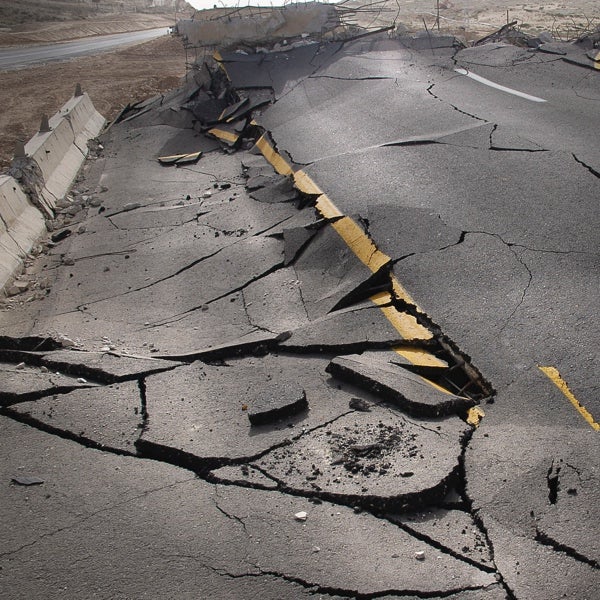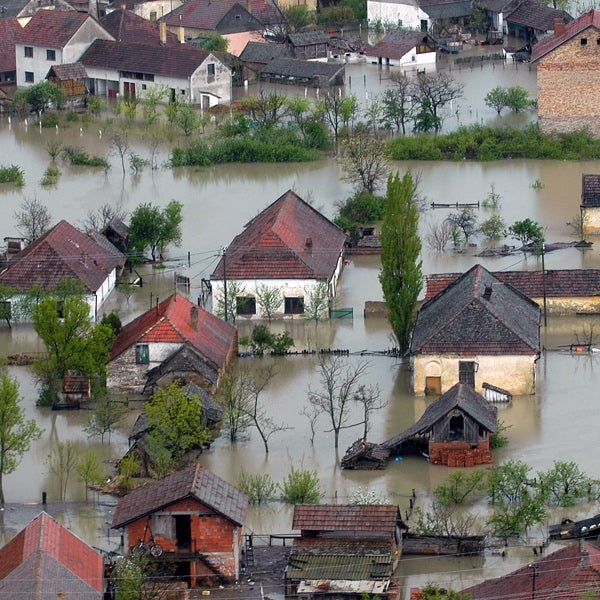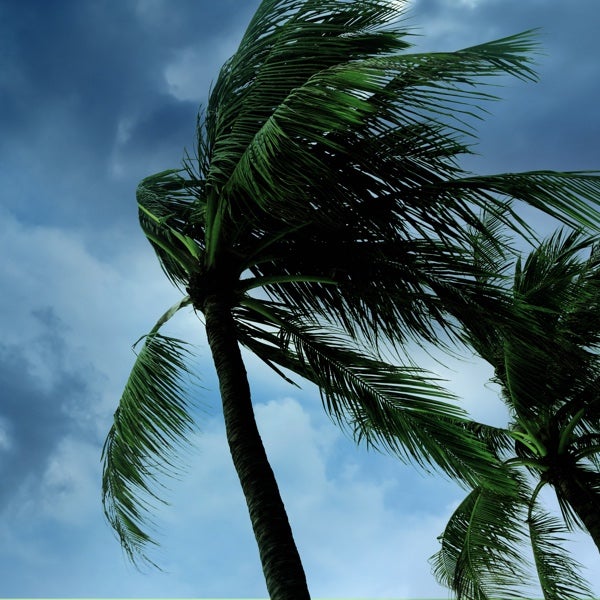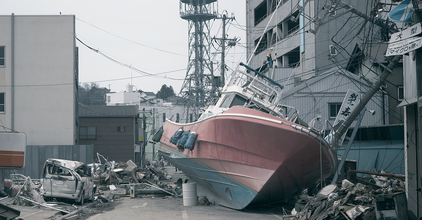Quantifying Rare Events
Earthquakes generate tsunami waves typically through large-scale deformations of the ocean floor and can cause devastating impacts to coastal communities.
Mega-Thrust Events
Subduction zone earthquakes (M8.5+) can create devastating basin-wide tsunami events, which require a keen understanding of exposure accumulations and portfolio stress testing.
Locally High Hazard
Moody's RMS tsunami solutions focus on the exposures at highest risk to large mega-thrust events including the Pacific Northwest (U.S. and Canada) as well as coastlines in Japan and New Zealand.
Correlated Losses
Moody's RMS models have correlated event sets to consider the impacts of earthquakes and their resulting tsunami together on ground-up and gross losses.
Comprehensive Tsunami Modeling
Moody's RMS modeling follows the entire tsunami life cycle from ocean floor deformation and tsunami generation through wave propagation to coastal inundation.
Spotlight

Related Products



Learn More
Moody's RMS Japan Earthquake and Tsunami HD Model
The Moody's RMS® Japan Earthquake and Tsunami HD Model incorporates key research advances from the 2017 Japan Seismic Hazard Maps and lessons learned from the 2011 Great East Japan (Tōhoku) Earthquake Tsunami and 2016 Kumamoto Earthquake. Leveraging detailed damage statistics and claims data from recent events, the model assesses building performance due to ground shaking, tsunami inundation, fire following earthquake, liquefaction, and landslides. Together with interruption losses, it provides a comprehensive solution for managing and differentiating earthquake risk in Japan.
Resources

The Storm Surge and the Tsunami
The core idea behind catastrophe modeling is that the architecture of risk quantification is the same whatever the peril. While a hurricane is not an earthquake, building a hurricane catastrophe model has elements in common with an earthquake catastrophe model. Stochastic event occurrence, the hazard footprint, the damage mechanism, clustering, post-event loss amplification are all shared concepts. While on the university campus, disciplines may retain their nineteenth century segregations, in catastrophe mod...

The Problem of Real and Unreal Tsunamis
Indonesia was beset by disasters in 2018, including two high casualty local tsunamis: in coastal western Sulawesi – impacting the city of Palu, on September 28, and around the Sunda Strait, between Java and Sumatra, on December 22. These events may have appeared unusual, but the great subduction zone tsunamis, like those in the Indian Ocean in 2004 and Japan in 2011, have reset our imagination. Before 2004, forty years had passed without any transoceanic tsunamis. Overall, local tsunamis are more common, present...

How to Maintain Awareness of Tsunami Risk
Today is World Tsunami Awareness Day — designated by the United Nations General Assembly, and according to the United Nations Office for Disaster Risk Reduction (UNISDR), on average, tsunami events have a higher mortality rate than any other hazard. Over the past 20 years (1998-2017) tsunamis have claimed more than 250,000 lives and are also attributable for US$280 billion of the US$661 billion of total recorded economic losses for earthquakes and tsunamis. Between 1978-1997, tsunamis claimed...

A Look Back at the 2011 Great East Japan (Tohoku) Earthqua...
Major earthquake disasters are fortunately rare, but when they happen, it is an opportunity to learn and continue to push the boundaries of earthquake science and engineering. Ten years ago, on March 11, 2011, at 2:46 p.m. local time, an M9.0 earthquake occurred offshore of the east coast of the Tohoku region on the island of Honshu, Japan. It was the most powerful earthquake ever recorded in the country. The epicenter was 80 miles (130 kilometers) east of Sendai and 231 miles (373 kilometers) northeast of To...

Manage Your Tsunami Risk





